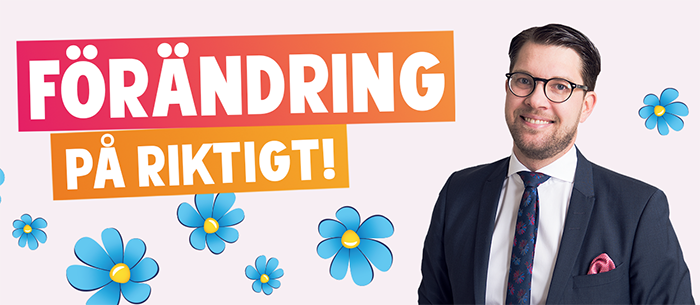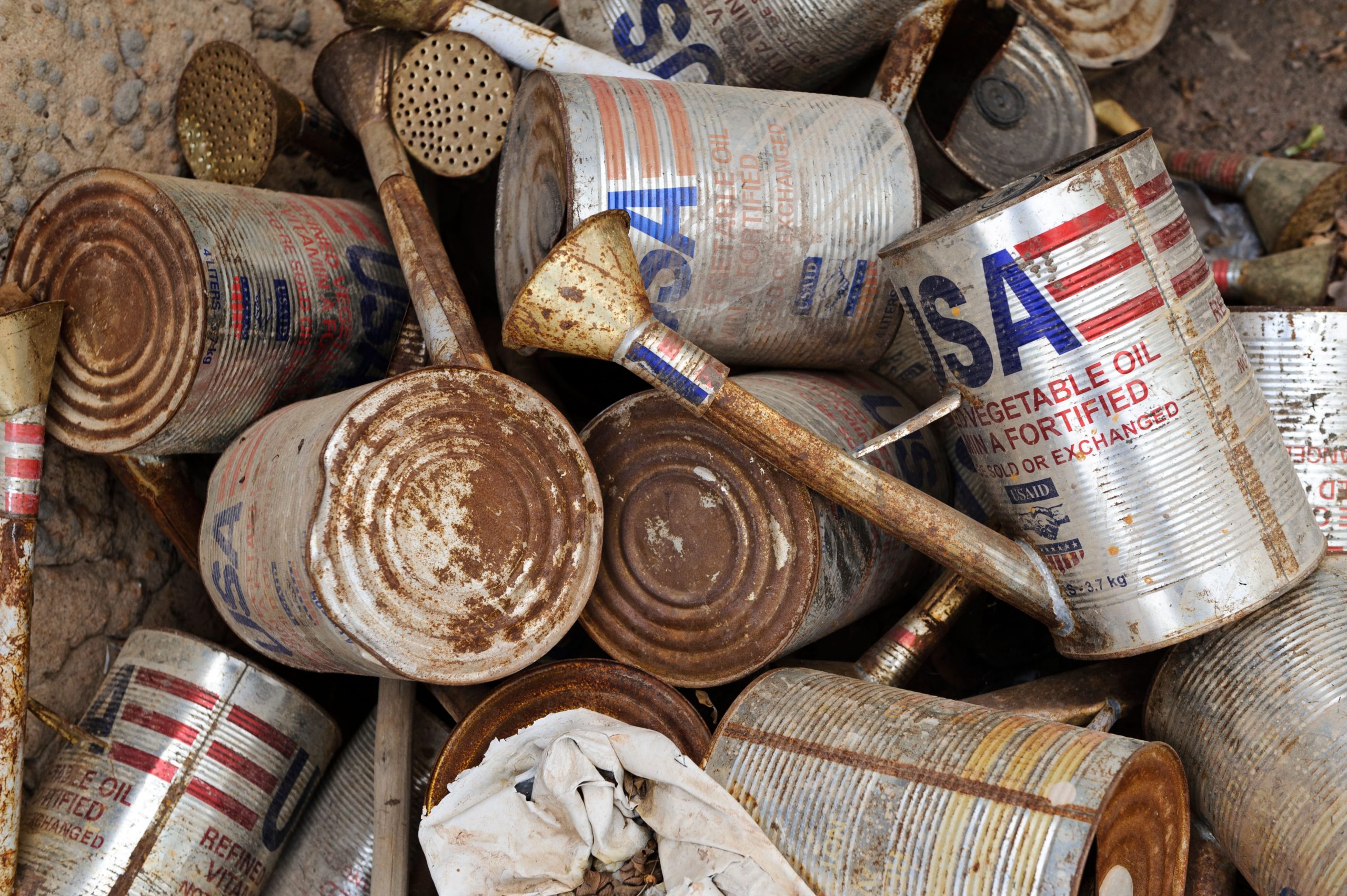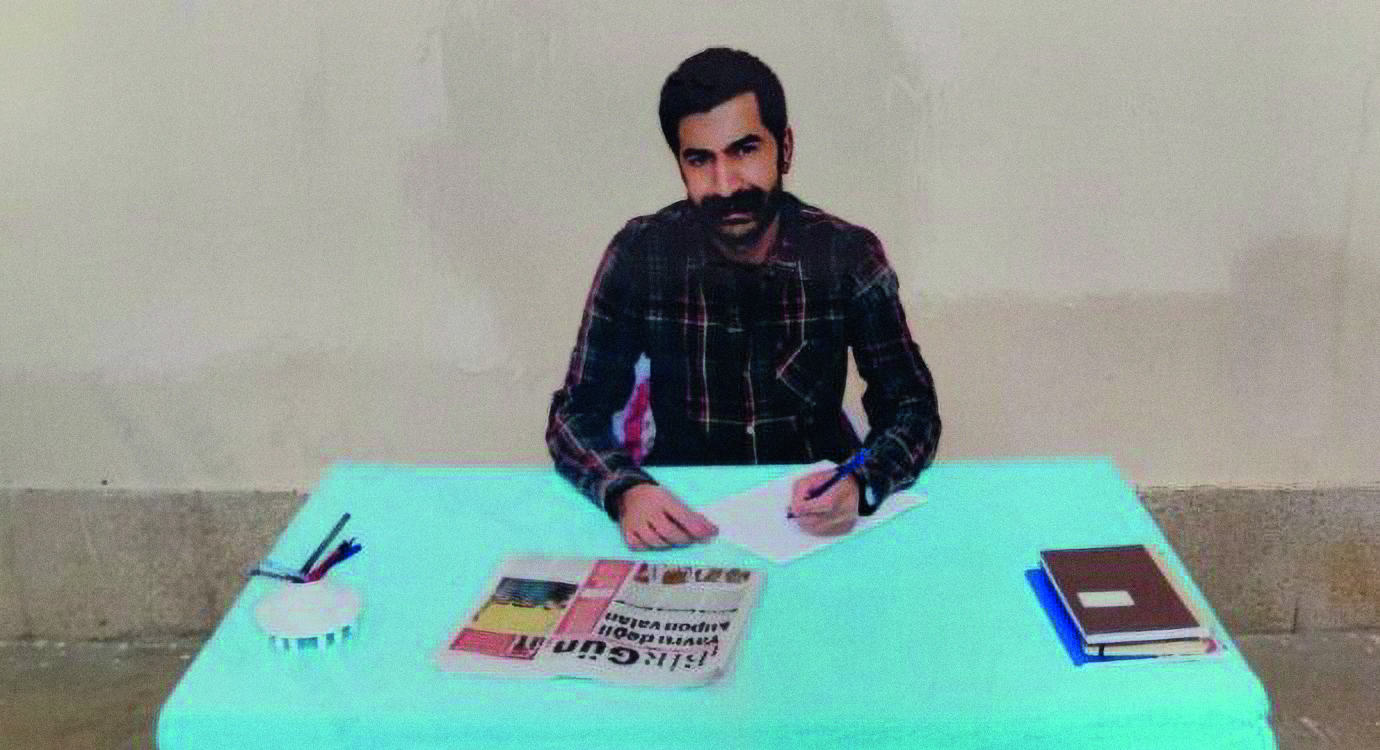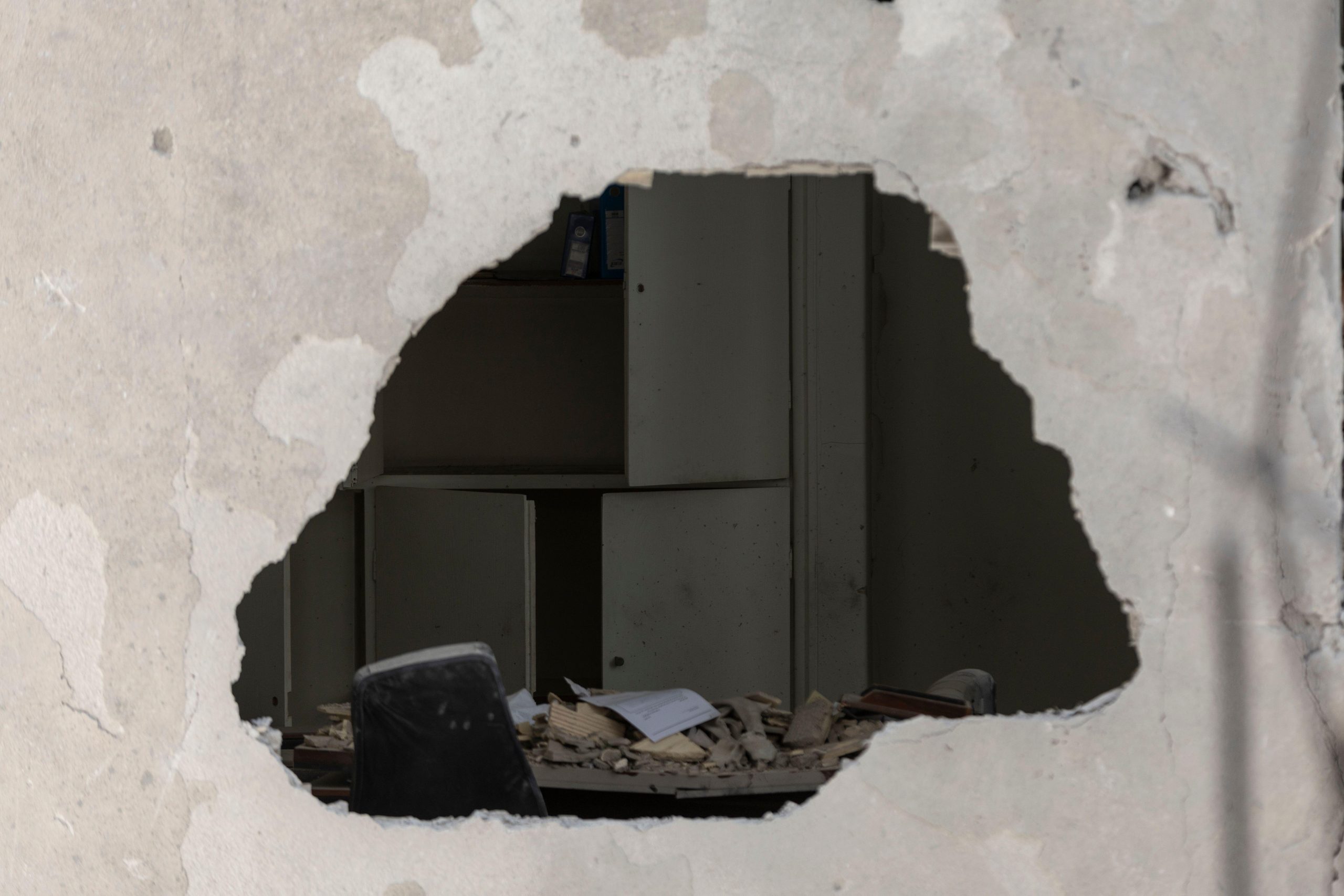[vc_row][vc_column][vc_column_text]

An image from the website of the right-wing populist Sweden Democrats, who changed their logo from a National Front-esque torch to a flower in an effort to clean up their image.
Sweden baked in record temperatures this summer, matched only by the increasingly heated political climate as it gears up for an unprecedentedly bitter and divisive general election. Front page stories about raging wildfires and drought have given a poll boost to the Swedish Green Party as climate change has leapt up the agenda. For populist media critics, however, the attention given to the fires is part of a conspiracy to keep the Greens in government and to give the governing left-wing bloc a victory in September’s vote.
Edward Riedl, a conservative member of parliament for the opposition Moderate Party accused major newspapers of “agenda setting” by giving such prominent coverage to the environment, with one if his party colleagues calling out newspapers for being pro-Green.
The far right meanwhile maintains a longstanding animosity with Sweden’s established print and public service media, which they accuse of being a cosy cartel.
Marie Grusell, a media researcher at Gothenburg University, has compared the attacks to the ongoing deligitimisation of the press in the USA by the White House.
“It is a tactic to undermine journalism. I think this is beneath contempt,” she said in an interview with the Swedish newspaper Aftonbladet.
This bizarre challenging of factual environmental journalism takes place against a backdrop of an increasingly contentious news landscape, in which the fragmentation and polarisation of the Swedish political system has made it increasingly difficult to maintain the balance of the media.
Over the past decade – and in common with other European countries – Sweden has seen the emergence of a powerful populist and anti-immigration party, the Sweden Democrats. The Sweden Democrats have deployed a familiar cocktail of anti-media conspiracism, welfare nationalism and climate scepticism, as well as anti-feminist and anti-Islamic rhetoric, to move from a fringe group to a major parliamentary force with ambitions to form a government. Although they have their roots in the 1990s white power movement, the Sweden Democrats have tried to soften their image by shunning some of their more extreme members and, in 2006, changed their logo from a torch — similar to that once used by the British far-right National Front — to a cartoonish anemone hepatica, a flower in the buttercup family.
Public trust in the Swedish media is still holding up but has diminished among those drifting towards the Sweden Democrats. This section of voters have become resistant to large sections of the established media and have instead turned to social network news groups and fringe sites which claim to expose what is really happening in Swedish society, as well as foreign news sites from the USA and Russia. In an attempt to increase the amount of freely available objective media outlets, the daily Dagens Nyheter recently removed its paywall for the duration of the election campaign, but as with other established media, it may be too late for readers who have already moved on.
Increased extremism
The dangerous situation is compounded by movements operating at the political fringes who have targeted journalists. The Nordic Resistance Movement (NMR), a neo-Nazi white power group, regularly marches in shows of force, intimidating journalists, minority groups and other members of the public. In May Swedish security services raided the home or prominent NMR member Peter Holm and found a suitcase they believed had been adapted for assassinations, along with a hard drive containing details on two journalists.
NMR activists also marched at this year’s Almedalen politics festival, a high point of the political calendar where journalists, civic and business groups and politicians get together to discuss contemporary issues. The investigative anti-fascist magazine EXPO uncovered instructions for NMR activists to attend speeches by politicians and others and to shout “traitor to the people” at politicians, and confront journalists in public. At the previous year’s event, the TV journalist Jan Scherman was called a “disgusting Jew” by an NMR member while filming.
Officially there is no link between the Sweden Democrats and groups like the NMR, but several SD politicians have voiced support for the organisation in the past and the increased support for SD in opinion polls has seemingly emboldened NMR activists to take more direct action on the streets according to data compiled by EXPO.
An uncertain future climate
A glimpse into what might happen should Sweden elect a government that includes the far right is provided by Denmark, where the hardline Danish People’s Party have cut state support to public broadcasting and consistently attacked its content as being leftist and unpatriotic. If a Sweden Democrat supported government becomes a reality, journalists could find themselves pressed by an increasingly powerful and emboldened populist movement that sees journalists as scapegoats for deeper seated problems, and where objective reporting of social challenges such as the environment and integration are dismissed as politically correct opinion rather than society-wide issues of critical importance.
It now falls to the press to fight its corner as a foundational part of the country’s democracy. Sweden, long considered a uniquely stable and tolerant democracy, is about to find out whether it really is safe from anti-democratic populism.[/vc_column_text][/vc_column][/vc_row][vc_row][vc_column][vc_basic_grid post_type=”post” max_items=”4″ element_width=”6″ grid_id=”vc_gid:1535101855192-df766193-d628-5″ taxonomies=”9008, 507″][/vc_column][/vc_row]




